Chittorgarh Fort
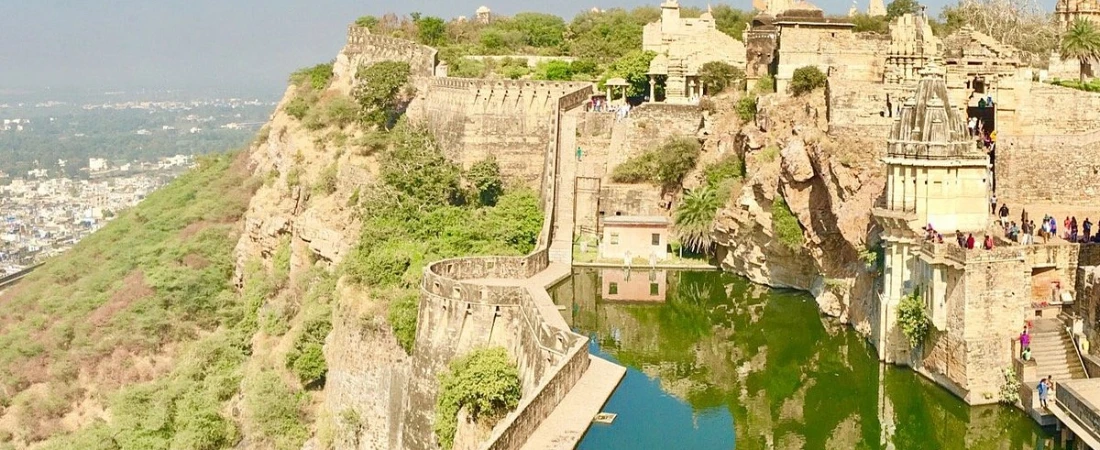
In the heart of southern Rajasthan lies a monument so grand and heroic that it symbolizes the spirit of the entire Rajput community—Chittorgarh Fort. Known as one of the largest forts in India, this majestic structure stands proudly atop a 180-meter-high hill and spans over 700 acres. More than a historical attraction, the fort is a narrative of unflinching bravery, undying loyalty, and tragic sacrifices. The stories echo through its stone walls—tales of fearless queens, devoted kings, and wars fought not just for territory but for pride and principles. As you walk through its towering gates and explore the palaces, temples, and towers within, you don’t just witness a monument; you immerse yourself in the glorious saga of Rajputana. Whether you're a history enthusiast, spiritual seeker, photographer, or traveler, Chittorgarh Fort offers an experience that is both visually breathtaking and emotionally stirring.
The History of Chittorgarh Fort

Chittorgarh Fort dates back to the 7th century and was originally built by Chitrangada Mori, a ruler of the Maurya dynasty. However, it gained legendary status under the Sisodia Rajputs of Mewar, who ruled from this fort for centuries. It became a bastion of Rajput valor and resistance against invaders, surviving three major sieges, each marked by acts of unparalleled heroism and sacrifice.
The first and most famous siege occurred in 1303, when Alauddin Khilji, the Sultan of Delhi, attacked the fort after hearing of the ethereal beauty of Rani Padmini. Rather than surrender, the Rajput warriors chose martyrdom while the women committed Jauhar, a mass self-immolation to avoid enslavement. A second brutal siege in 1535 by Bahadur Shah of Gujarat saw a repeat of this grim fate. The final siege came in 1567 when Emperor Akbar launched an assault that forced Mewar to relocate its capital to Udaipur. Despite these repeated tragedies, Chittorgarh Fort remains an eternal emblem of courage and sacrifice.
Architecture of Chittorgarh Fort
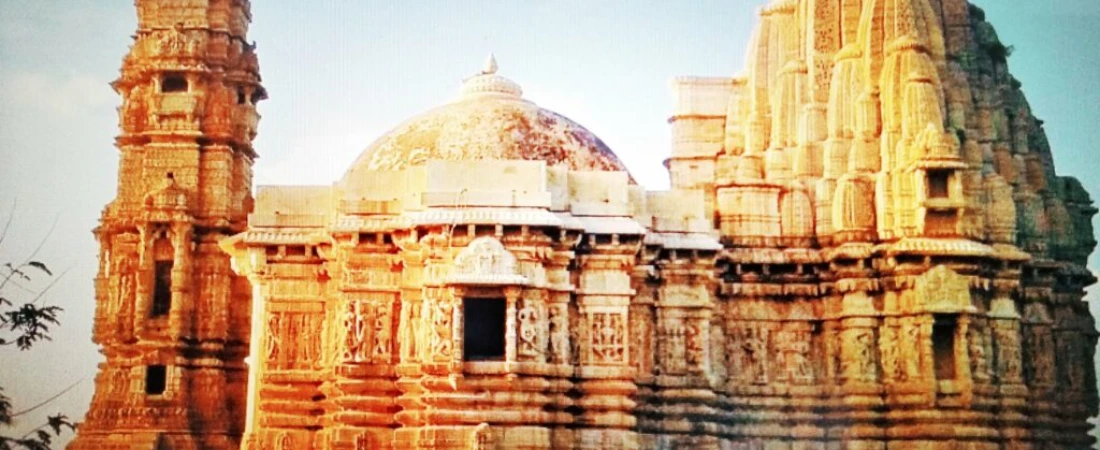
Sprawling across 700 acres, Chittorgarh Fort is an architectural masterpiece that combines grandeur with defense. The approach to the fort winds through seven colossal gates—Padan Pol, Bhairon Pol, Hanuman Pol, Ganesh Pol, Jodla Pol, Laxman Pol, and Ram Pol, each built with iron spikes and angled turns to deter elephants and enemy armies. These gates lead to a massive plateau that houses temples, towers, palaces, and reservoirs.
Among the most iconic structures is the Rana Kumbha Palace, the largest monument inside the fort. It once served as the royal residence and features underground cellars believed to be the site of Rani Padmini's jauhar. Rani Padmini’s Palace, set beside a reflective water tank, is another poignant spot associated with her fateful tale. The Vijay Stambh (Tower of Victory) is a 37-meter-high masterpiece built by Maharana Kumbha to commemorate victory over Mahmud Khilji. With nine stories and intricate carvings of Hindu deities, it’s a monument to pride. Kirti Stambh, a 12th-century Jain tower, and the Kalika Mata Temple further showcase the blend of religious and cultural artistry in the fort’s architecture.
Cultural Significance
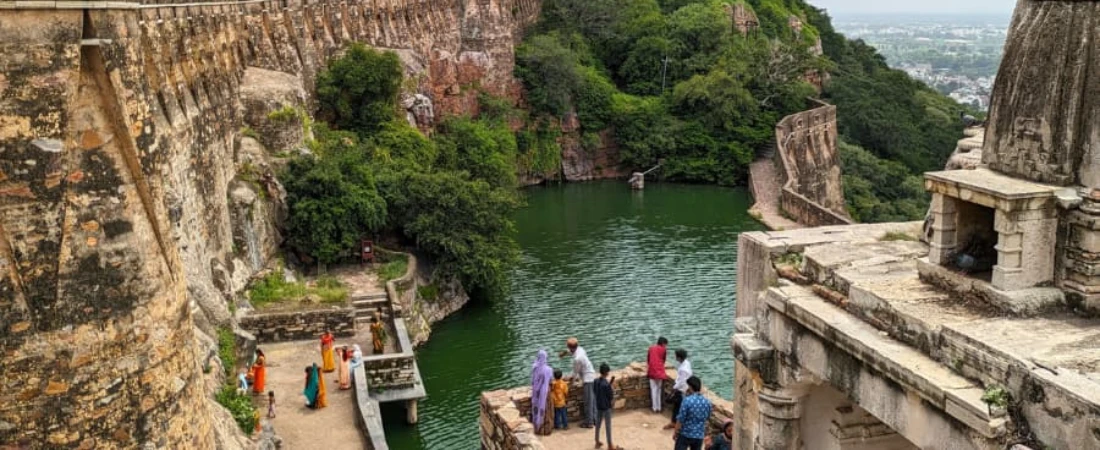
Chittorgarh Fort is not merely a historic relic—it is a sacred site for Rajputs and a cultural icon for all of India. It represents ideals that transcend time: honor, sacrifice, and spiritual devotion. Each year, the fort hosts the Jauhar Mela, one of the most emotionally significant festivals in Rajasthan. Held in February or March, the mela commemorates the sacrifices made during the sieges of Chittor, especially the act of jauhar performed by Rani Padmini and the brave women of Mewar.
This gathering is more than a ritual; it is a proud proclamation of Rajput identity. Locals, descendants of Rajput warriors, and tourists gather to pay homage, perform traditional dances, sing ballads of war and love, and share historical accounts passed down through generations. The temples within the fort—particularly the Meera Temple, dedicated to the 16th-century poet-saint Meerabai—are still active, drawing pilgrims and spiritual seekers. The fort is woven into Indian folklore, music, and cinema, notably inspiring literature and films like Padmaavat that dramatize its rich heritage.
Best Time to Visit
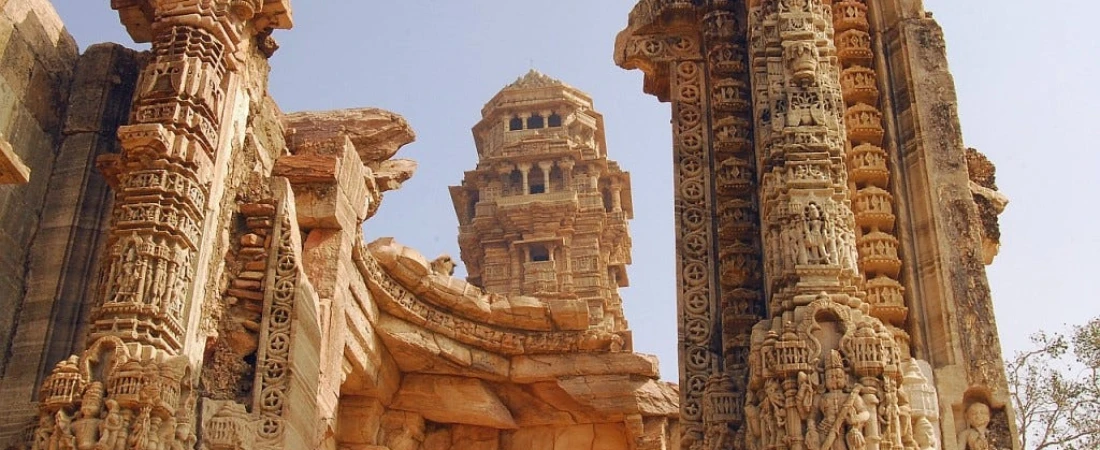
Rajasthan’s arid climate can be harsh, so timing your visit is essential. The best time to visit Chittorgarh Fort is during the winter season, from October to March, when temperatures are mild, ranging between 10°C and 25°C. This makes walking through the sprawling fort far more comfortable and enjoyable.
The fort opens daily from 9:00 AM to 6:00 PM, and it's best to arrive early to avoid crowds and get the most out of your visit. Evenings offer a bonus in the form of a light and sound show held at Rana Kumbha Palace, which vividly brings to life the battles and bravery of Chittorgarh’s heroes. Summer months (April to June) are best avoided unless you are used to extremely hot weather. The monsoon season (July to September) brings greenery to the fort surroundings but may affect travel plans due to intermittent rain.
Nearby Attractions
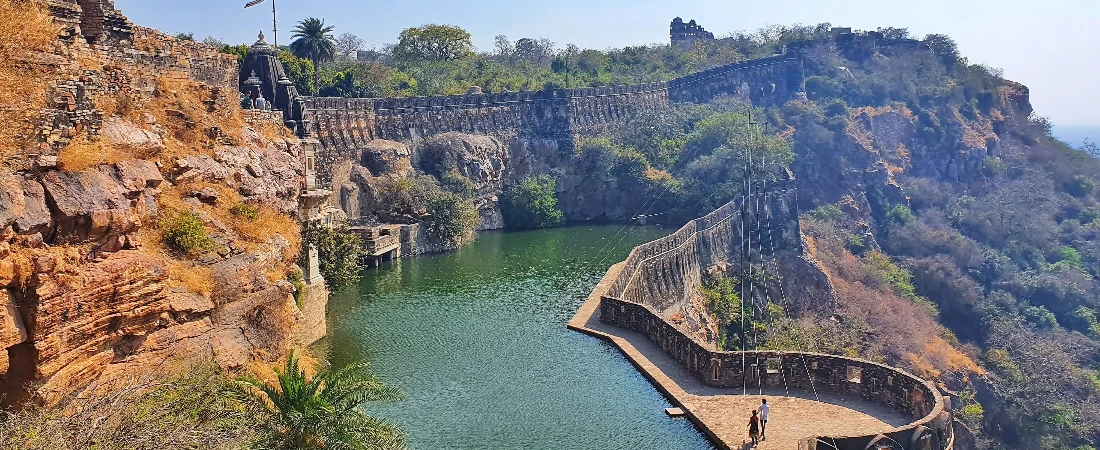
If you're planning a day trip or staying overnight in Chittorgarh, there are several nearby attractions worth visiting. One of the most sacred is the Sanwariaji Temple, located about 40 km from Chittorgarh. It’s dedicated to Lord Krishna and is visited by thousands of devotees each year.
Nature lovers should head to Bassi Wildlife Sanctuary, about 25 km from the fort. Home to panthers, antelope, wild boars, and exotic bird species, it offers a refreshing contrast to the historical environment of the fort. Another nearby attraction is Menal, often called the "miniature Niagara" of Rajasthan due to its waterfalls and ancient temples.
Within Chittorgarh town itself, you can explore local markets that offer Rajasthani crafts, traditional attire, miniature paintings, and metalwork. These make great souvenirs and provide a chance to support local artisans. Combining these spots with your visit to Chittorgarh Fort makes for a fulfilling and enriching itinerary.
Conclusion
Chittorgarh Fort is not just a destination—it’s a story carved in stone. A visit here is an emotional journey through time where every wall and tower echoes with the voices of warriors, queens, saints, and poets. It is a place where history isn’t locked in a textbook but vibrantly alive through architecture, legends, and traditions.
If you're planning a trip through Rajasthan or seeking to connect with India's royal past, make sure Chittorgarh Fort is on your list. Its heroic spirit, combined with its architectural beauty, makes it a place of deep historical and emotional resonance. You’ll leave not just with beautiful photographs but with unforgettable stories and a newfound appreciation for the legacy of courage and resilience that this fort represents.


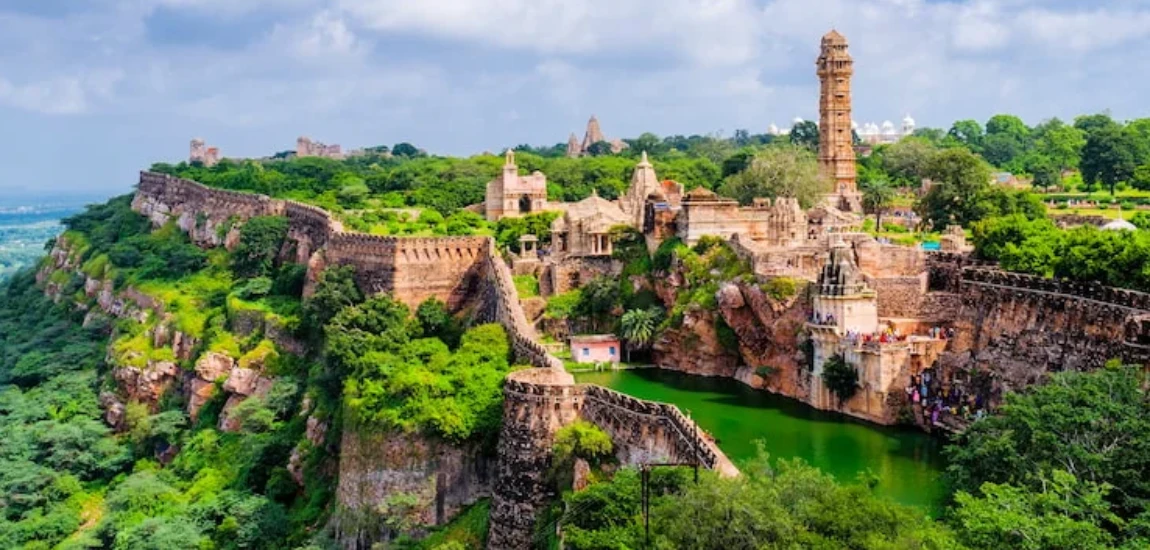
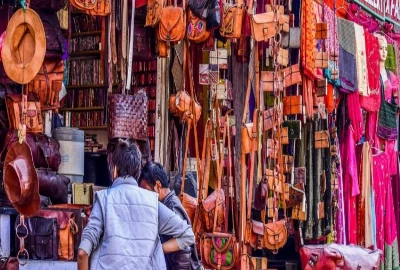
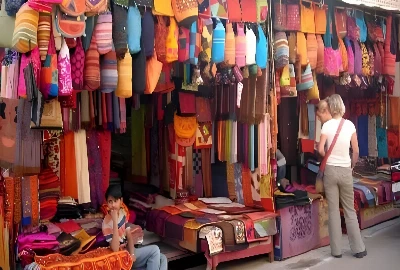
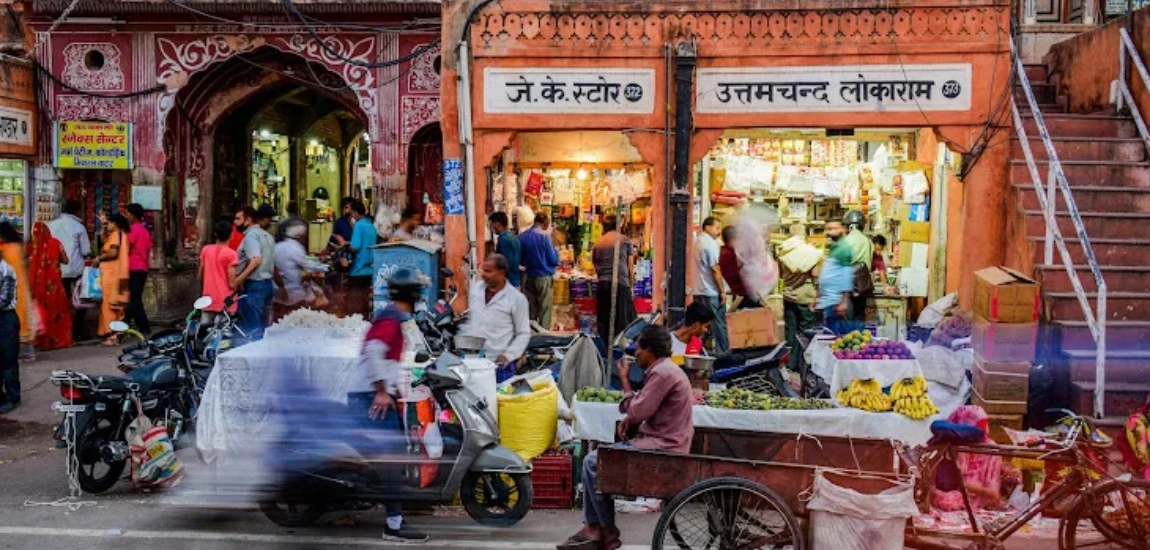

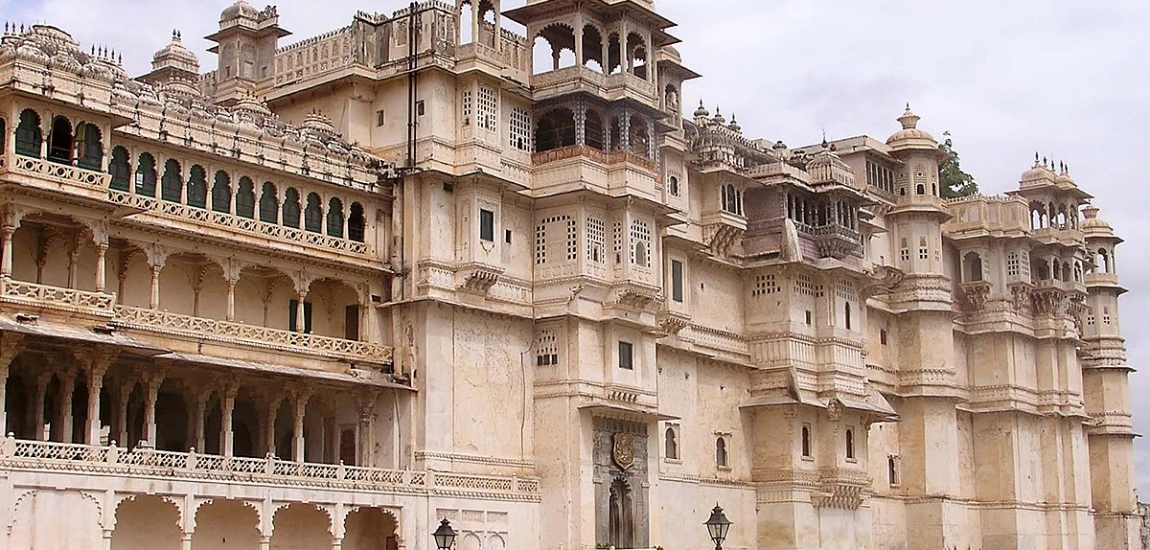
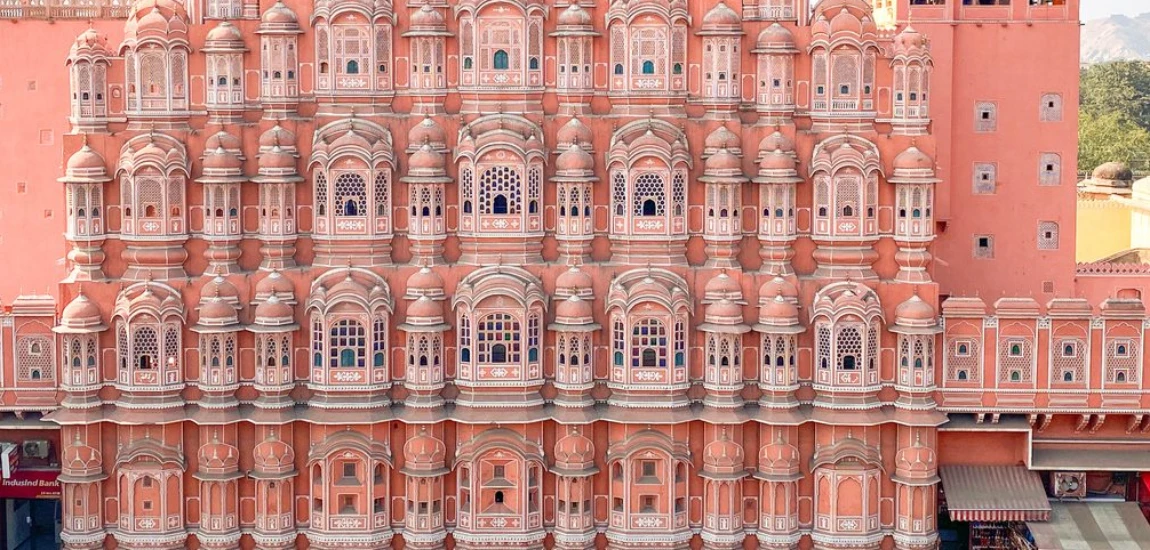
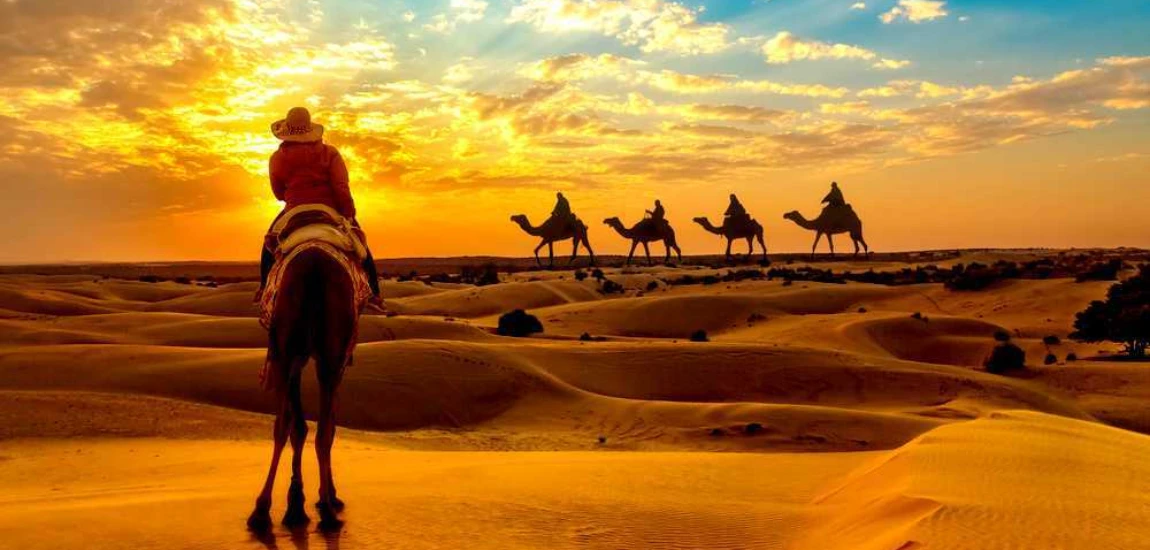
Leave a comment